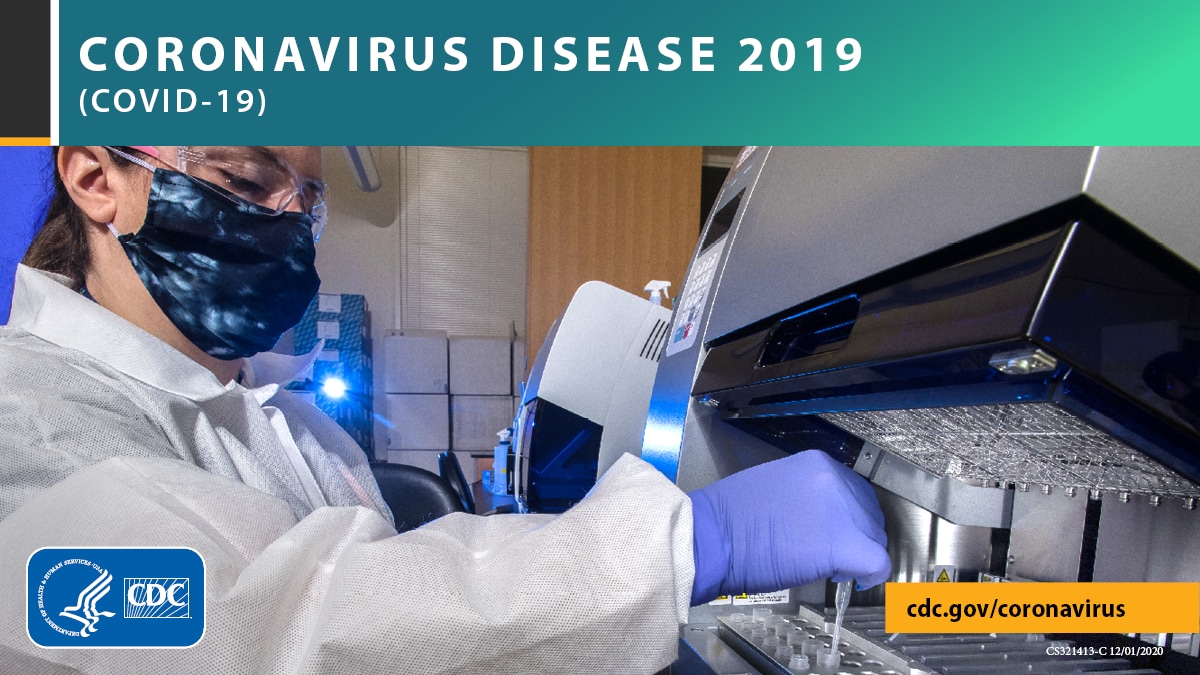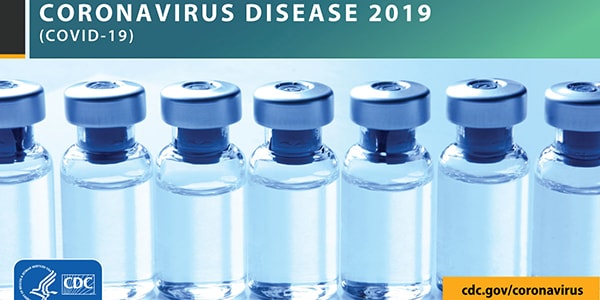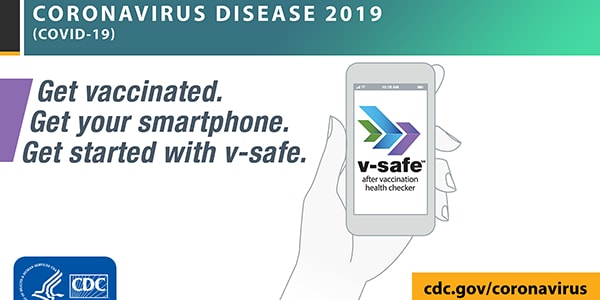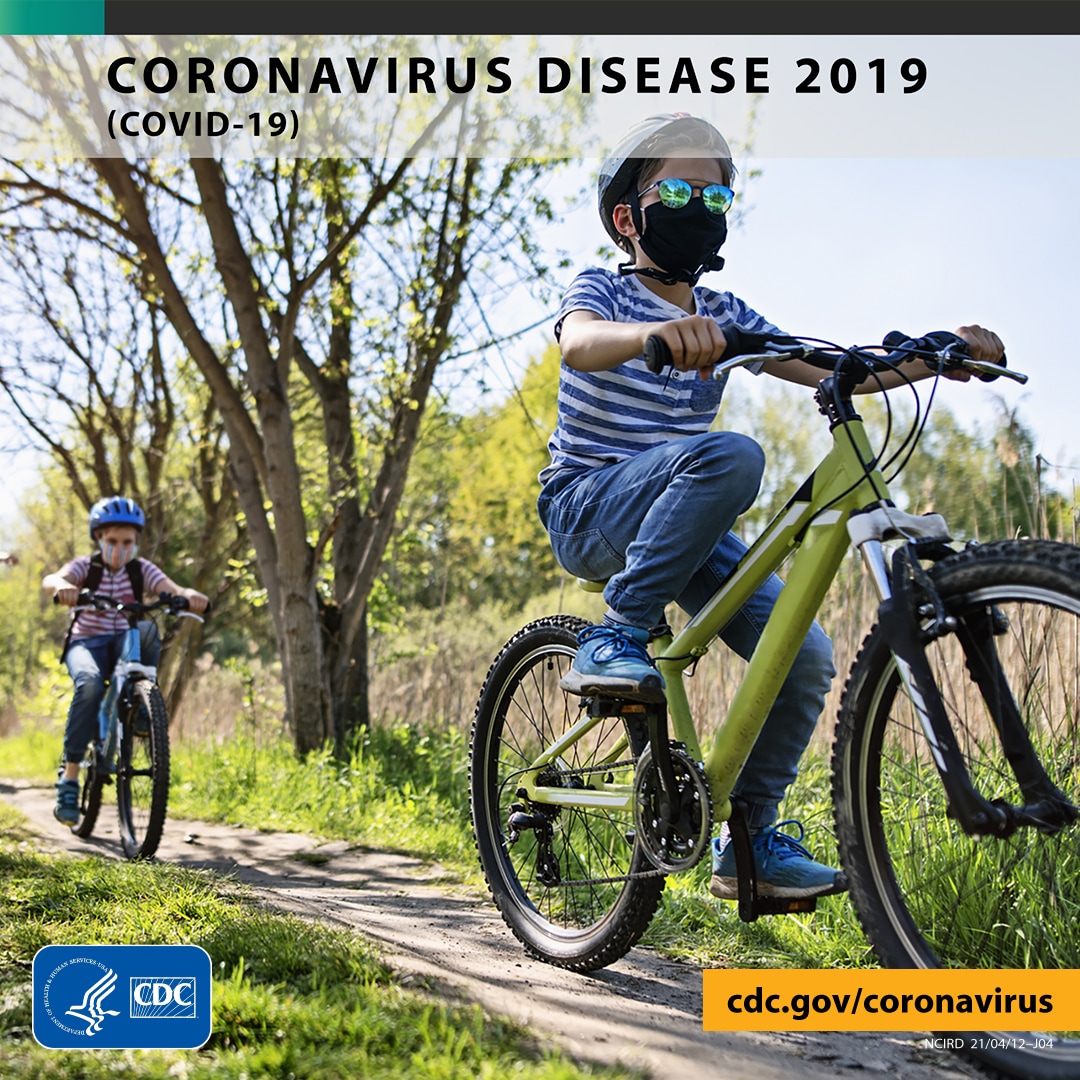Health Departments
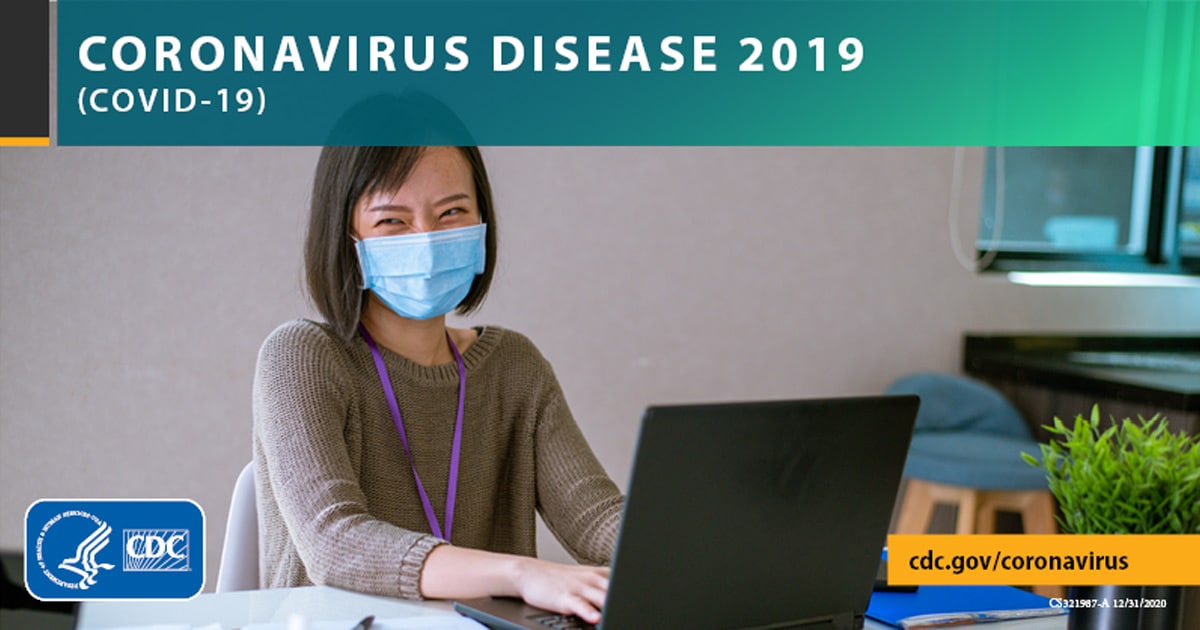
This document provides interim guidance to reduce the risk of introducing and transmitting SARS-CoV-2 (the virus responsible for causing COVID-19) in cleaner air shelters and cleaner air spaces. Cleaner air shelters and cleaner air spaces are public spaces where people can seek relief from wildfire smoke. This interim guidance is intended for use by federal, state, local, and tribal jurisdictions in the United States. It should be used in conjunction with existing cleaner air shelter information, procedures, guidance, and resources.
Overview
Wildfire smoke is a public health concern in the United States. Exposure to wildfire smoke can lead to eye and respiratory tract irritation, exacerbations of existing respiratory and cardiovascular conditions, and premature death.
Cleaner air shelters are used by many communities to provide spaces where people can shelter overnight or for extended periods of time. School gymnasiums, buildings at public fairgrounds, and civic auditoriums are examples of spaces used as cleaner air shelters during wildfires. Cleaner air spaces are used by many communities to provide temporary relief from wildfire smoke; they are often used by individuals who cannot create spaces with adequately clean air in their homes. Examples of cleaner air spaces include libraries, museums, shopping malls, senior centers, and other indoor areas with effective particle filtration and air conditioning.
The use of cleaner air shelters and cleaner air spaces can result in congregating of groups of people, including older adults and those with heart or lung conditions. Congregation of people in cleaner air shelters and cleaner air spaces can potentially provide a route for the transmission of SARS CoV-2, the virus that causes COVID-19, among individuals using the facilities, staff, and volunteers.
Preparedness Activities and Potential Intervention Strategies
Screening and Alternative Sites for Symptomatic and Asymptomatic Individuals
If resources are available, consider implementing verbal screening or temperature checks upon arrival at cleaner air shelters and cleaner air spaces and regularly thereafter. If possible, provide separate spaces for those showing symptoms of COVID-19 (i.e., cough, fever, shortness of breath). Separate spaces may include separate rooms within cleaner air shelters and cleaner air spaces or separate locations that can be used to accommodate individuals with symptoms of COVID-19. Most persons with COVID-19 infections will likely have mild symptoms, or no symptoms, and not require hospital care. Be prepared to contact emergency officials (call 911) in the case of severe illness requiring medical assistance.
Physical Distancing
Maintain social (physical) distancing within cleaner air shelters and cleaner air spaces. Spaces should be arranged so that there can be at least six feet between individuals, regardless of whether they show symptoms of COVID-19. Consider separation of furniture and creating partitioned spaces for individual family units (families who live together do not need to maintain physical distancing in a cleaner air shelter or cleaner air space). Floor markings, such as with tape, can be used to mark distances between partitioned spaces. Smaller facilities can limit the number of individuals using the cleaner air shelters and cleaner air spaces, in accordance with state and local guidelines that limit the size of gatherings. This could lower capacity, so consider setting up a larger number of smaller cleaner air shelters or cleaner air spaces. Communities might consider partnering with closed businesses, such as movie theaters, that might serve as alternative cleaner air spaces.
Preparation of Cleaner Air Shelters and Cleaner Air Spaces
Cleaner air shelters and cleaner air spaces should be prepared using existing information about the identification and preparation of spaces to protect the public from wildfire smoke. Minimum requirements for air conditioning and air filtration are described in Appendix B of Wildfire Smoke: A Guide for Public Health Officials pdf icon[5 MB, 88 pages]external icon. At minimum, facilities should have central air conditioning with filtration that is medium or high efficiency, especially at the fresh (outdoor) air intake. Facilities should continue to provide air filtration that is adequate for the expected number of occupants in the space. Portable room air cleaners can also be used to provide indoor air cleaning. For information about how to best use filters for HVAC systems and portable HEPA filters, visit Ventilation in Buildings.
If separate spaces in the same building are needed to separate individuals with and without COVID-19 symptoms, it is important to ensure that air does not flow from the space sheltering individuals with COVID-19 to the space sheltering others. To do so, it may be necessary to work with a qualified heating, ventilation, and air conditioning (HVAC) professional.
Cleaning
Follow CDC guidelines for cleaning and disinfecting community facilities every day and when someone is sick. Even individuals with no symptoms can transmit SARS-CoV-2 and the virus can survive for several days on hard (non-porous) surfaces. Therefore, it is important to continue routine cleaning at least every day with a focus on high-touch surfaces, including those in common areas and bathrooms.
Communication
Enhance onsite communication about COVID-19. Use health messages and materials developed by credible public health sources, such as your state and local public health departments and CDC. Read more about everyday preventive actions. Share or post COVID-19 posters and fact sheets to keep people informed about public health recommendations to prevent disease spread. Messaging may include:
- Posting signs at entrances and in strategic places providing instruction on:
- Providing educational materials about COVID-19 for non-English speakers, as needed
- Encouraging ill staff and volunteers to stay home (or to go home if they develop symptoms while at the facility) to prevent transmitting the infection to others
Identify and address potential language, cultural, and disability barriers associated with communicating COVID-19 information to staff, volunteers, and individuals using the cleaner air shelters and cleaner air spaces. Learn more about reaching people of diverse languages and cultures.
Prevention Supplies
If available, provide COVID-19 prevention supplies onsite at cleaner air shelters and cleaner air spaces. Have supplies, such as soap, alcohol-based hand sanitizers that contain at least 60% alcohol, tissues, and trash baskets on hand. Staff, volunteers, and individuals using the cleaner air shelters and cleaner air spaces should wear a cloth face covering, or if supplies are available, be given a clean disposable facemask, even if they are not showing any symptoms. Cloth face coverings should not be placed on young children under 2 years of age, anyone who has trouble breathing, or is unconscious, incapacitated, or otherwise unable to remove the mask without assistance. Place posters that encourage handwashing at the entrance to the facility, at sinks in restrooms, and in other areas where they are likely to be seen. If water bottles are distributed, ensure that bottles or glasses are not shared.
Utility Assistance
Consider implementing or expanding programs that provide utility assistance, such as the low-income home energy assistance program (LIHEAP) or similar methods that provide financial assistance for home air conditioner use. A temporary ban on utility shut offs during wildfires would allow people to continue using home air conditioning and portable air cleaners. This strategy could lower the number of people who cannot stay in their homes during wildfire smoke events and the number of people using cleaner air shelters and cleaner air spaces.
Staff and Volunteers
Plan for staff and volunteer absences. Develop flexible attendance and sick-leave policies. Staff and volunteers should follow CDC interim guidance to prevent workplace exposures and stay home when they are sick. They may also need to stay home when they are caring for a sick household member or their children during school dismissals. Identify critical job functions and positions, and plan for alternative coverage by cross-training cleaner air shelter and cleaner air space staff and volunteers.
Resources
See https://www.cdc.gov/coronavirus/2019-ncov/index.html for more information about COVID-19.
For more information on the health effects of wildfire smoke and reducing exposure to wildfire smoke, see:

